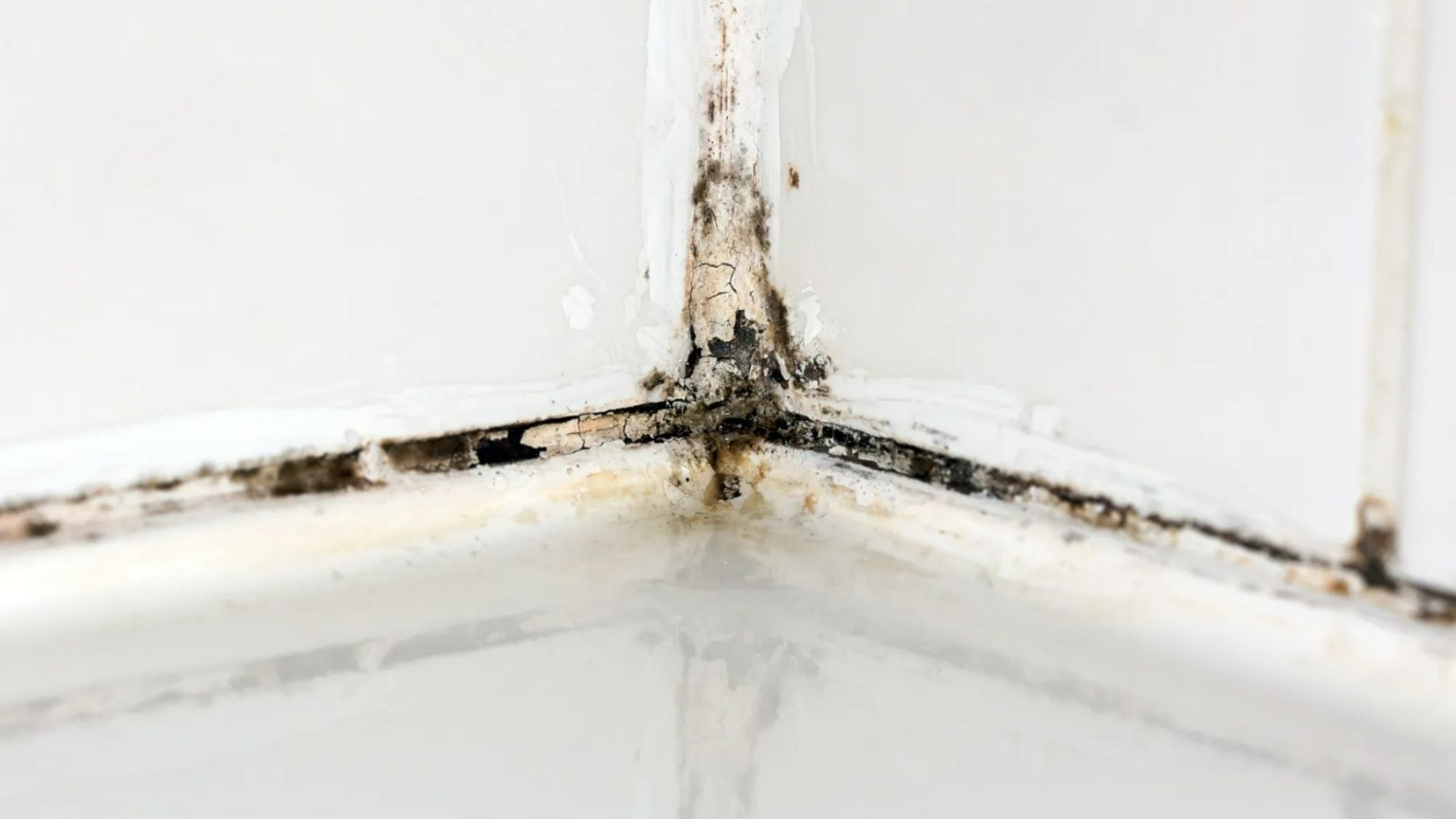IF you’ve spotted mould in your bathroom, don’t worry, you’ve come to the right place.
Not only is mould pretty unsightly, but it can be a real nuisance to remove too.
3

3

3
And if you are fed up with splashing loads of cash on pricey cleaning products to get rid of it, then you’ll be pleasantly surprised to know that a cheap supermarket buy will ensure that the pesky stuff never grows back.
Even better, fear not if you don’t have the time or energy to get down on your hands and knees and spend ages scrubbing, as thanks to this trick, there will be no more effort involved.
Bathrooms unfortunately create the perfect environment for mould to flourish as a result of high humidity.
But instead of bringing out the bleach, it turns out that houseplants can do the trick – yes, you heard that correctly.
According to Sanctuary Bathrooms, a luxury bathroom supplier, spider plants are the most ideal addition to prevent mould growth.
Fairly tolerant to temperature shifts, so having a hot shower wouldn’t bother the plant, spider plants also thrive in low light.
These air-purifying houseplants remove harmful toxins and pollutants and, better still, they are “pretty much impossible to kill”.
It’s for this reason that the spider plant is considered to be the “perfect low-maintenance bathroom plant”.
If you want to get your hands on a spider plant, you can buy them from just £11.99 from B&Q.
However, other mould busting plants include ferns, bamboo, peace lilies, aloe vera, English ivy and snake plants.
So if you’re looking for a plant that’s super cheap and affordable, you’ll be pleased to know that you can nab an aloe vera plant for just £5 from many Sainsbury’s stores.
Aloe vera is an excellent air purifier and as a result, can help to reduce the growth of mould and mildew.
Common Bathroom Habits That Increase Mould

Plumbworld, a leading expert in bathroom and kitchen products, has shared the daily habits that increase the chance of mould growing in homes.
Leaving wet towels and bathmats on floor
Wet towels and bathmats on the floors after a shower or bath can increase humidity levels which provides a perfect breeding ground for mould spores.
To prevent this, hang towels and bathmats in an area where they can dry quickly and to wash them regularly.
Not turning on the fan
An exhaust fan is critical in reducing moisture levels in the bathroom.
When taking a hot shower or bath, steam increases the room’s humidity level, creating an ideal setting for mould to flourish on walls, ceilings, and other surfaces.
An exhaust fan helps by moving the moist air outside, significantly reducing the risk of mould growth.
Experts suggest running the fan during the shower and for at least 20-30 minutes afterwards to lower humidity levels.
Ignoring small leaks
Even minor leaks from the sink, toilet, or shower can contribute to increased moisture levels in a bathroom, fostering an environment where mould can thrive.
Over time, these leaks can cause significant water damage, promoting mould growth in less visible areas such as inside walls or under flooring.
Fix leaks promptly to prevent mould and potential structural damage.
Keeping shower curtains or doors closed
Keeping the shower area closed after use traps moisture inside, delaying the drying process and creating a humid environment conducive to mould growth.
Mould can easily develop on shower curtains, doors, and in tile grout if they remain wet for too long.
To avoid this, leave the shower door or curtain open after use to improve air circulation and allow the area to dry more quickly.
Storing too many products
Shower caddies and corners filled with bottles and accessories may seem harmless, but they can obstruct airflow and trap moisture and creates hidden, moist niches where mould can grow unnoticed.
Keep shampoo and shower gel bottles to a minimum, and regularly clean and dry the areas underneath them to prevent mould growing.
While such plants alone can’t remove mould growth, they can help reduce the humidity levels and keep mould spores at bay.
James Roberts, Director of Sanctuary Bathrooms explained: “When selecting the ideal plant for your bathroom, assessing the space is essential.
“Bathrooms with minimal natural light, such as en-suites, WC, or cloakroom bathrooms, require plants that thrive in low-light conditions.
“Conversely, larger bathrooms, typically found in homes with multiple residents like a family bathroom, benefit from plants that require more light.”
James added: “In smaller bathrooms, or when looking to spruce up shelves or vanity spaces, opting for smaller potted plants can add a touch of greenery without overwhelming the limited space.
“By carefully assessing your bathroom’s lighting, size, and humidity levels, you can select the perfect plant to enhance the ambiance of your space.”
Win an £8k trip of a lifetime to the Maldives

FABULOUS is the home of high-street fashion – we even launched our own range earlier this month.
And now our Fabulous High Street Fashion Awards are back – giving you the chance to voice your opinion on all your favourite brands.
Do you love a shopping spree at M&S or are you more of an F&F woman?
Do you lust after celebrity partnerships or are you all about the perfect pair of shoes?
Have your say and you could win a dream holiday – we’ve teamed up with Ifuru Island Maldives to create an amazing prize.
You could win 7 nights for two adults in a Sunset Sky Suite at Ifuru Island Maldives on an Exclusively Yours Premium All-Inclusive package, plus return economy flights from London to Maldives and return domestic transfers for two adults.
For your chance to win this dream getaway, vote and enter HERE by July 28, 2024. T&Cs apply*



